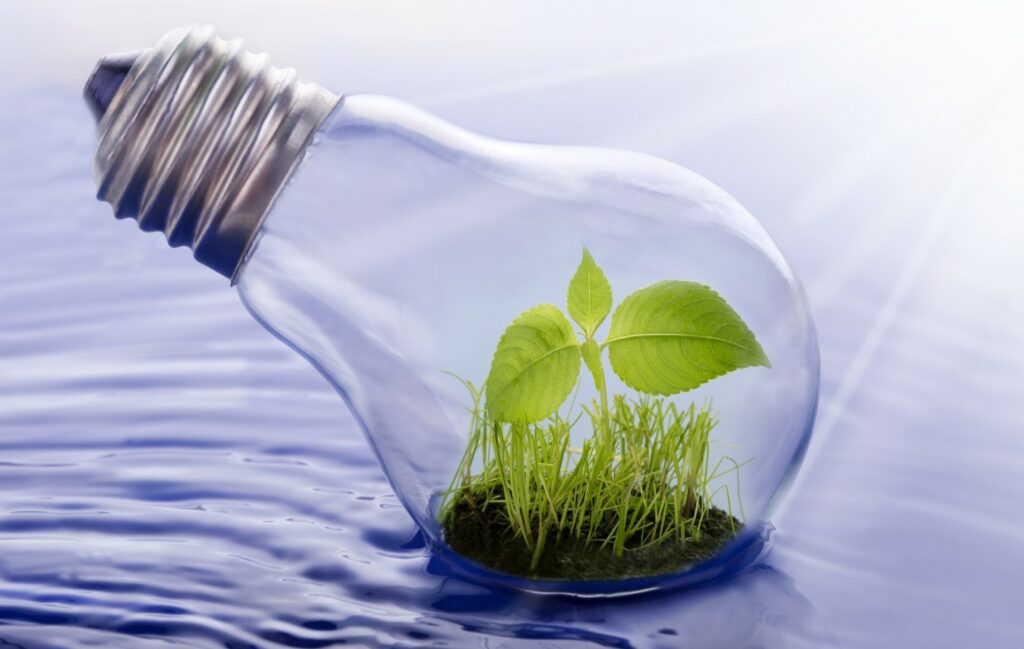The Symbiotic Dance: Understanding the Interplay between Food, Water and Energy

Introduction
The water, energy, and food (WEF) nexus are at the heart of the sustainable food transition. All three components pose significant challenges to the ability to feed a burgeoning population, expected to reach 9 billion in the next 25 years. The demand for WEF has never been higher, whilst demand for all three is increasing rapidly. Agriculture is the world’s main consumer of freshwater resources, whilst water is vital to produce most forms of energy. The nexus between these elements is crucial in shaping the future of sustainable development, the climate transition and human well-being. Changes in one sector can have ripple effects throughout the entire system, as we often witness with extreme weather patterns. Understanding the interplay between food, water and energy is essential to ensure a resilient future.
The Nexus Explained
Draining the world for our food: Over the past century, freshwater withdrawal rates have increased almost sixfold. According to UN Water, 40% of the world’s population face water scarcity and more than 90% of climate disasters are water related. The agricultural sector is the largest consumer of freshwater globally, accounting for approximately 70% of total usage. Modern agricultural practices, are dependent on irrigation, amplifying the stresses on water resources. By 2050, global water demand will increase by 20%, further draining resources.
Energy’s Role in Agriculture: More than 25% of the world’s energy produced is expended on food systems. The food sector is the third-largest consumer of energy. The WWF estimates that it takes between 7,000-15,000 megajoules of energy to produce one tonne of wheat. Most of the energy generation is water intensive and derived from fossil fuel production. The machinery humming in vast fields, the processing plants, and the transportation networks that bring food to our tables all demand energy. Tractors, harvesters, and irrigation systems are powered by oil and gas, contributing to greenhouse gas emissions and environmental degradation.
The Road Ahead
Governments must increase renewable energy sources. The integration of renewable energy sources, such as solar and wind power, into agriculture can revolutionise the sector. Solar-powered irrigation systems, wind turbines on farms, and bioenergy production from agricultural waste are examples of how sustainable energy practices can enhance both food production and environmental conservation. A great emphasis needs to be in place for the development of less water-intensive renewable energy, such as hydropower, geothermal and wind. Geothermal energy has the greatest upside as it produces little GHGs and does not consume any water.
Sustainable agriculture is crucial in the development of a resilient food system. The integrated systems of land, soil and water are at breaking point. Water scarcity, alongside antiquated farming practices have put food security at risk. Advancements in technology, such as precision agriculture, smart irrigation systems, and data-driven decision-making, can optimise resource use in food production. These innovations not only enhance productivity but also contribute to water and energy efficiency. Furthermore, regenerative agriculture practices offer healthier soils that can absorb more water and nutrients, leading to less irrigation requirements.
Adopting circular economy practices can support the more efficient use of resources. The concept of a circular economy plays a crucial role in the interplay between food production, water, and energy. Adopting circular practices involves minimising waste, recycling nutrients, and reusing resources. For example, the use of treated wastewater in agriculture can address water scarcity issues while also providing valuable nutrients to crops. Similarly, converting agricultural residues into bioenergy creates a closed-loop system that maximizes resource efficiency.
Summary
The WEF nexus is at the heart of the sustainable development required within the food and drink sector. As we strive to feed a growing population while minimising environmental impact, an integrated and holistic approach is essential. By embracing renewable energy, sustainable water management, circular economy principles, and technological innovations, we can create a more resilient and harmonious future where the dance between food, water, and energy is in balance. As stewards of the planet, and to withstand current and future pressures, we must ensure an integrated and sustainable management of WEF to ensure the future of our food system.
